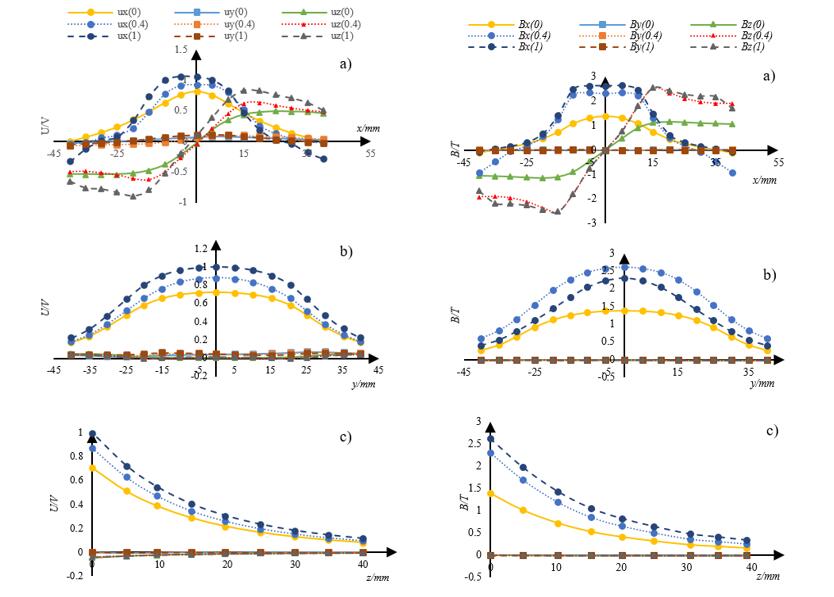Transcranial magnetic stimulation (TMS) has been widely used in clinic and scientific research in the fields of psychological cognitive science, neuropsychiatric diseases and so on. Researchers at the Suzhou Institute of Biomedical Engineering and Technology (SIBET) of the Chinese Academy of Sciences recently proposed an improved TMS coil structure based on iron core.
The design of stimulation coil plays an important role in the formation of intracranial electric field in TMS. The induced electric field generated by the magnetic stimulation coil in the brain needs to reach a certain threshold to achieve the purpose of stimulation.
Since the magnetic field away from the coil surface decays rapidly with distance, to ensure the stimulation intensity of the electric field in the target brain area, the coil needs to be supplied with a large current, generally thousands of amps, which put a heavy demand for the power supply.
The introduction of ferromagnetic materials into the coil can help improve the induced electric field value of the coil and reduce the current demand. However, in actual application, the weight of the coil brought by iron core can not be ignored. The influence of core position on the distribution of electromagnetic field also needs to be further discussed.
Based on the most commonly used 8-shaped coil and slinky coil introduced with the iron core, researchers analyzed the influence of the position and size of the iron core on the performance of the structural coil.
By changing the filling factor of the iron core in the coil and the position of the iron core in the coil, XU Yajie from SIBET and his collaborators obtained the comparison results of the maximum induced electric field, stimulation depth, focusing and iron core power consumption of the iron core coil. This provides a reference for the method of adding iron core to the coil in different cases.
A performance factor combining performance parameters, including the maximum induced electric field, stimulation depth, focus, and heat loss, is utilized to evaluate the comprehensive coil performance. This shows that the slinky iron core coil obtains the best overall performance when it has a fill factor of 0.4 and the two legs of the iron core are close to the inner sides of the coil.
The team constructed three prototypes—the basic, optimized, and full-size iron core coil—and magnetic field detection demonstrates the performance improvement of the optimized iron core coil.
The proposed systematic optimization approach for iron core coil based on Fo8 basic structure can be applied to improve TMS coil performance, reduce power requirements, and guide the design of other iron core TMS coils, according to researchers.
Related article “Optimal Design of Transcranial Magnetic Stimulation Coil with Iron Core” has been published in Journal of Neural Engineering.

Fig. 1. Coil prototypes of slinky iron core coils (a) without iron core, with iron core of fill factor F = 0.4 (b), and full-size (F = 1) (c), two legs of the iron core close to the inner sides of the coil. (Image by SIBET)

Fig. 2. left: Results of magnetic field probe, ux, uy, and uz on the x (circle), y (square), and z (triangle) direction for the basic coil (solid), F=0.4 (dot) and F=1 (dash) iron core coils on a) x test line; b) y test line; c) z test line. Right: Simulation results of Bx, By, and Bz following the same rules. (Image by SIBET)
Contact
XIAO Xintong
Suzhou Institute of Biomedical Engineering and Technology, Chinese Academy of Sciences (http://www.sibet.cas.cn/)
Phone: 86-512-69588013
E-mail: xiaoxt@sibet.ac.cn